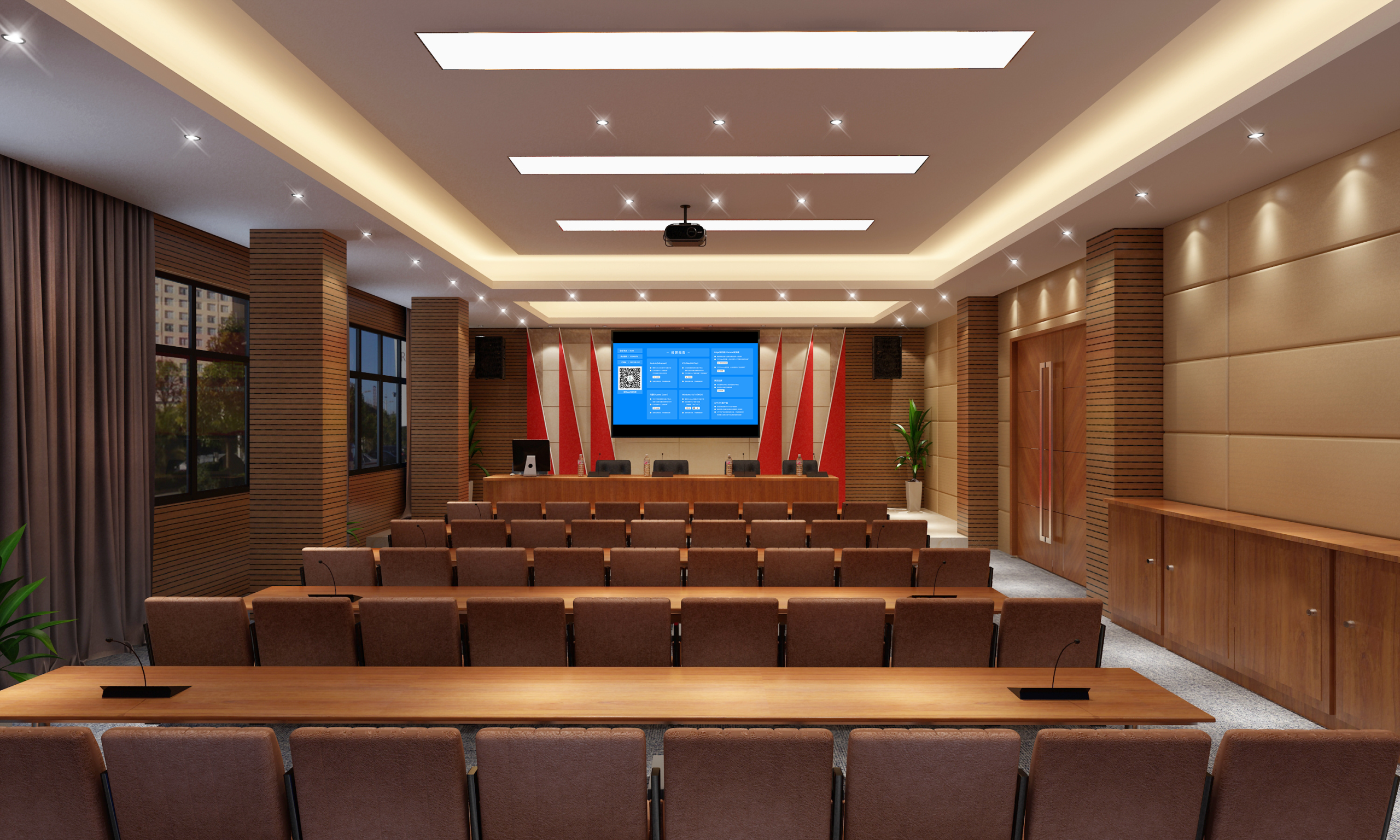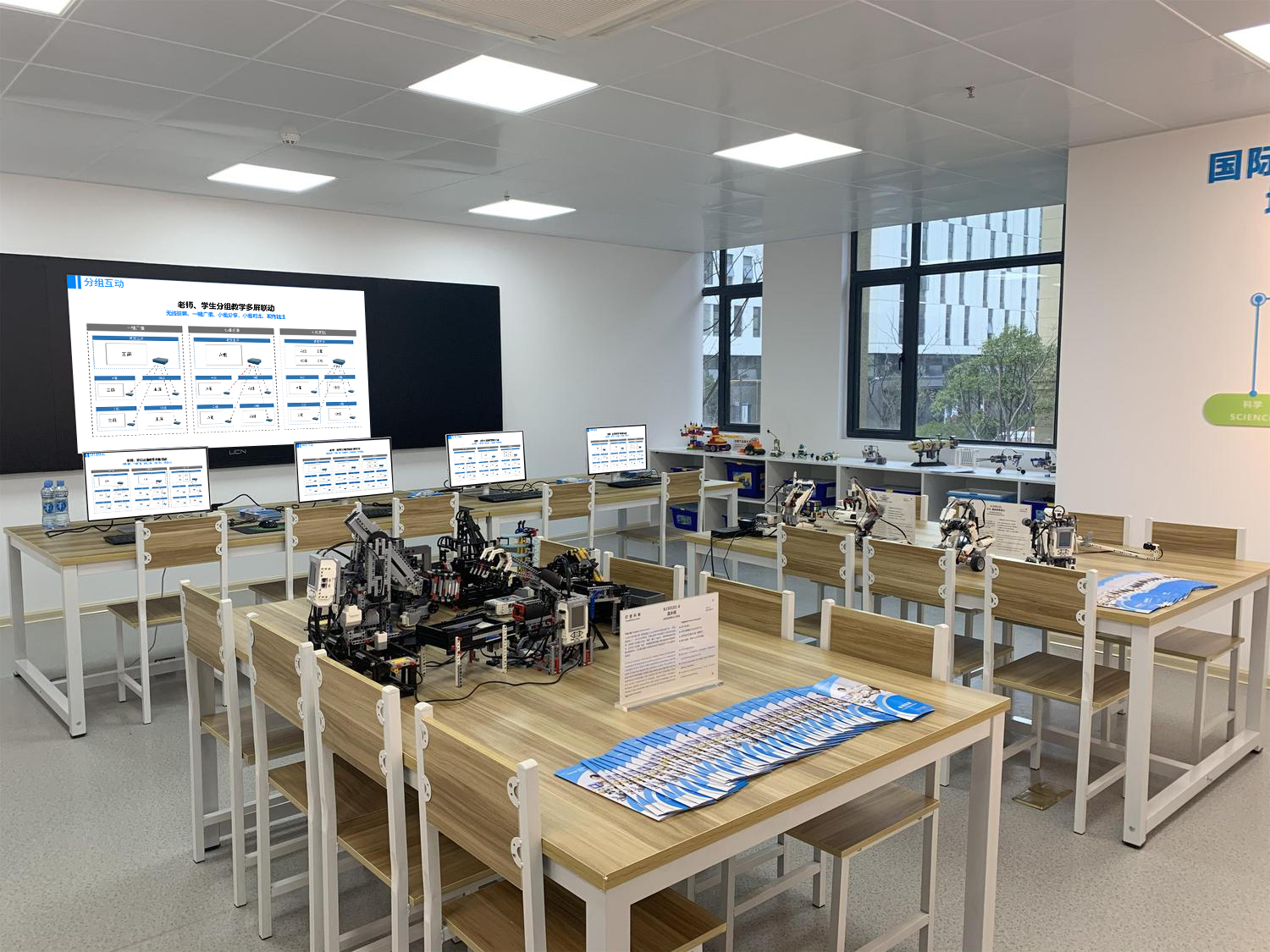WiDi: A Native Wireless Screen Mirroring Solution for Windows
WiDi, built on the native wireless display technology of the Windows system, is designed specifically for Windows devices. It’s ready to use out of the box with no extra software. With its core features of native compatibility, clear and stable transmission, and extremely simple operation, it’s suitable for office, education, and other scenarios, making cross-screen connections more efficient for Windows devices.
Universal Windows Compatibility, Zero Connection Barriers
It’s deeply compatible with laptops and desktops running Windows 8.1+ (from mainstream brands like Lenovo, HP, Dell, and Huawei), with a compatibility rate of over 95% for both new and old models. Connecting is a breeze: just open the Start menu on your computer, click “Project,” select “Connect to a wireless display,” find the WiDi receiver, and tap to confirm. The pairing is completed in 2 seconds, with no need to install any drivers or plugins, so even a beginner can easily get the hang of it.
Clear and Stable Transmission, a More Professional Experience
It supports 1080P Full HD mirroring, and devices with a high-performance dedicated graphics card can achieve 4K Ultra HD output. When you mirror an engineering drawing or a data report, the lines are sharp and the numbers are clear. The transmission latency is at most 20ms, and the audio-video synchronization error is less than 8ms. When you play a dynamic presentation or a video, there’s no ghosting or lagging. It has a built-in channel optimization technology that automatically avoids signal interference in a multi-device environment like a meeting room or a classroom, ensuring a stable connection throughout the mirroring process with no interruptions.
In-Depth Applications for Core Scenarios
- Office Meetings: More Efficient Collaboration
- You can wirelessly mirror a proposal or a document from your laptop and use the keyboard or trackpad to control page-flipping, freeing you from cables so you can walk around and present more freely.
- It supports an “extended screen” mode, which lets you use the large display as a second screen for your computer. You can present a proposal on one screen while processing data in the background on the other, making multitasking more flexible.
- When multiple Windows devices take turns mirroring content, proposal comparisons and data analysis are clear at a glance, boosting meeting efficiency by 30%.
- Classroom Teaching: More Engaging Interaction
- A teacher can use a Windows computer to mirror a lesson and a tablet to annotate key points in real time. The large display will show the annotations in sync, so students can see them more clearly.
- When running teaching software or a virtual lab, you can mirror it to a large display, and the operation steps will be shown throughout the process. This makes abstract knowledge tangible and helps students understand it.
- Students can use their Windows laptops to mirror their homework or problem-solving processes for the whole class to critique, which boosts their sense of participation.
- Design Discussions: More Precise Details
- A designer can use a Windows computer to run design software like PS, CAD, and 3D Max and mirror it to a 4K large display to check colors and details. The team can then discuss and make edits in real time around the screen.
- Multiple versions of a design can be displayed in a split-screen view, making it easy to see the differences and refine ideas more efficiently.
Convenient Management, Simple Deployment
It supports a device whitelist and a mirroring password for double protection, allowing only authorized Windows devices to connect. This prevents unwanted content from interfering. An administrator can remotely monitor the status of a receiving device (online status, number of connections, and signal strength) and perform remote on/off and online firmware upgrades, which keeps maintenance costs low. The receiver can be used just by being plugged into a large display, with no complex wiring required, and it’s compatible with existing office and educational equipment.
The WiDi solution, designed specifically for Windows devices, with its advantages of “native, stable, and efficient,” precisely meets the needs of office, education, and design scenarios, making cross-screen connections with Windows devices simpler and more reliable.